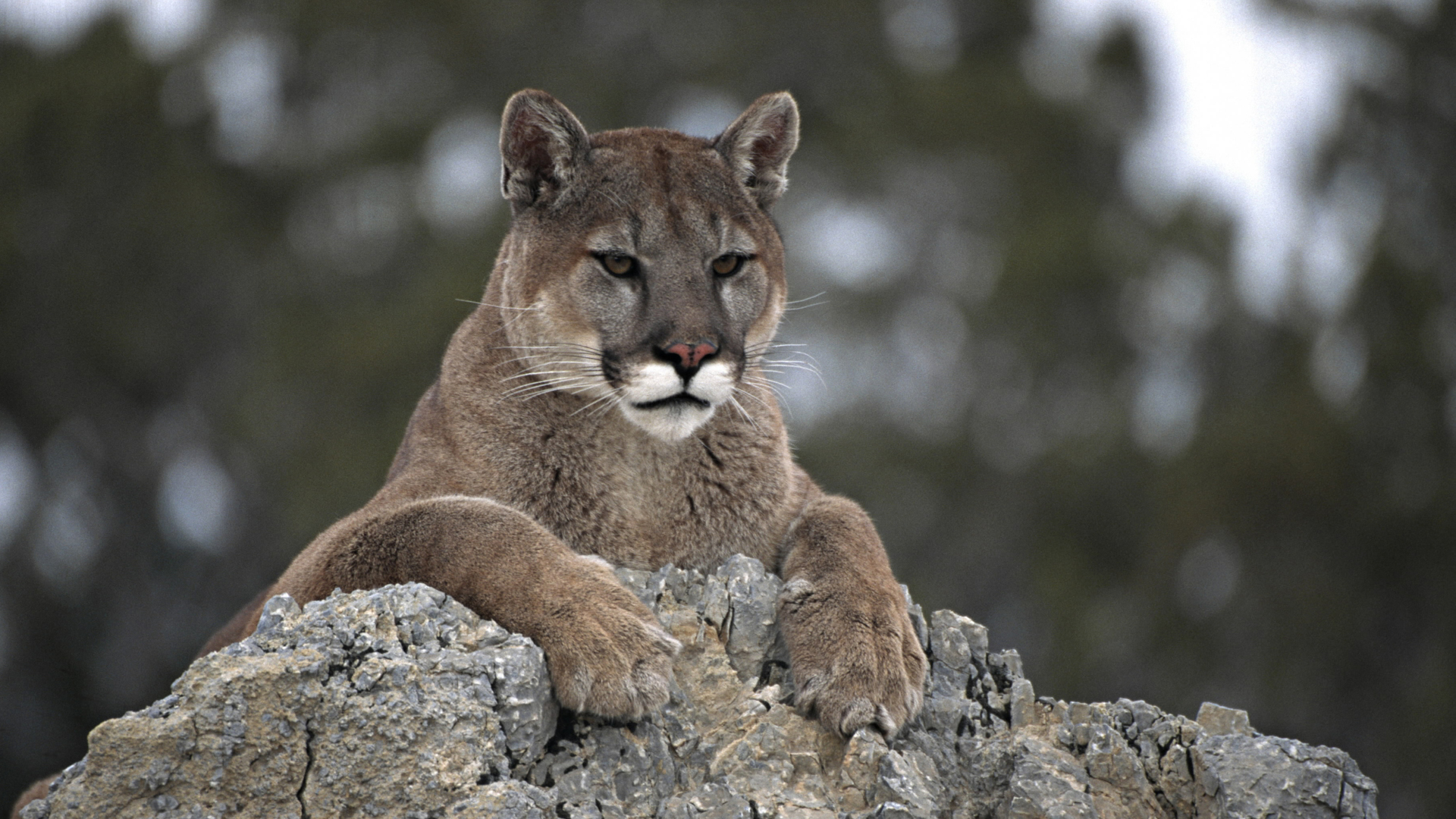More evidence mountain lions are returning to Arkansas as carcass discovered
Mountain lions lived in Arkansas until around 1920, but over the last decade, sightings are on the rise

A mountain lion carcass found in Arkansas recently is further proof that the species is returning to the state. In a statement on Friday, the Arkansas Game and Fish Commission announced that the discovery was made in the Sylamore Wildlife Management Area in the Ozark Mountains by a U.S. Forest Service employee.
“An adult, male mountain lion weighing 118 pounds and measuring approximately 85 inches in length was examined Thursday at the AGFC Calico Rock regional office," says AGFC State Wildlife Veterinarian Jenn Ballard, who explained that there was no evidence that the mountain lion died of a bullet wound or had been hit by a car
“The carcass was moderately decomposed and was extremely thin. It had severely worn, broken and missing teeth, and the stomach was empty.”
Testing for viruses and toxins is underway.
This is the second mountain lion carcass found in Arkansas in the last decade; in 2014 a hunter shot and killed a mountain lion in Bradley County, marking the first time a a cougar had been killed in the state since 1975.
Mountain lions lived throughout Arkansas until about 1920 when wildlife management agencies offered bounties to people who would hunt and kill the predators and their population disappeared from the state. However, there have been 23 confirmed mountain lion sightings in Arkansas since 2010, suggesting that their numbers are once again on the rise.
Posted by ARGameandFish on
Mountain lion safety
Mountain lion encounters are extremely unusual, however officials remind hikers that they are unpredictable, wild animals. If you do encounter a mountain lion, make yourself appear as large as possible, make noise, wave your arms or trekking poles and even throw objects at the animal.
All the latest inspiration, tips and guides to help you plan your next Advnture!
Never run away from a mountain lions as this triggers their instinct to chase. Instead, slowly back away and allow space for the mountain lion to move away. Learn more in our article on what to do if you meet a mountain lion on the trail.
Julia Clarke is a staff writer for Advnture.com and the author of the book Restorative Yoga for Beginners. She loves to explore mountains on foot, bike, skis and belay and then recover on the the yoga mat. Julia graduated with a degree in journalism in 2004 and spent eight years working as a radio presenter in Kansas City, Vermont, Boston and New York City before discovering the joys of the Rocky Mountains. She then detoured west to Colorado and enjoyed 11 years teaching yoga in Vail before returning to her hometown of Glasgow, Scotland in 2020 to focus on family and writing.

